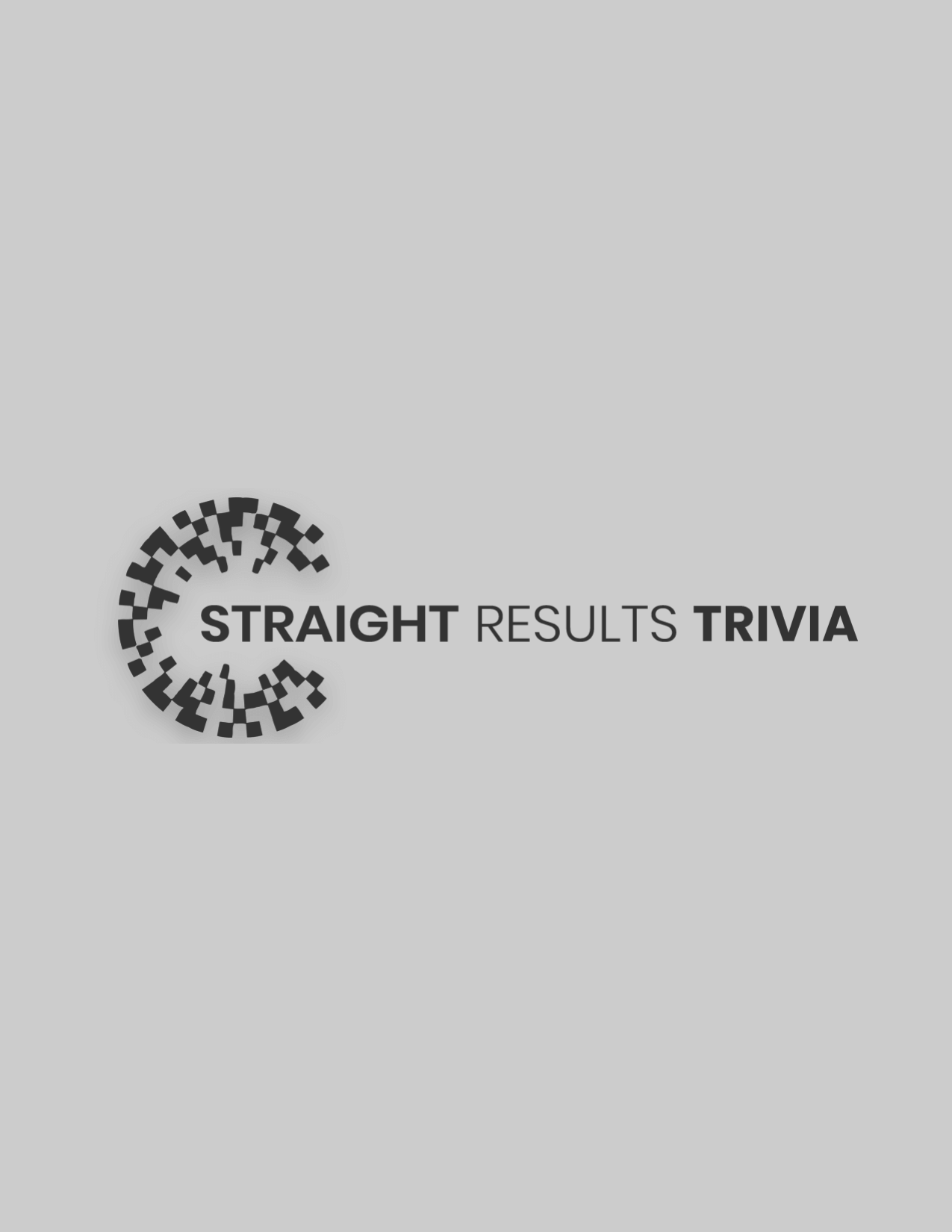Web 3.0 is the next generation of web technology, and it has some defining features that can greatly improve web experiences for users and developers alike. Here are five of the most important features of Web 3.0:
1. Decentralization: Web 3.0 is built upon a decentralized architecture, which means that no single entity owns or controls web content or data, but instead it is shared among multiple computer networks across the world. This allows for increased security, as well as distributed computing power and storage capabilities that open up new possibilities for web applications and services.
2. Interoperability: With web 3.0 comes interoperability between different web-based applications and services, allowing users to access information from different web sources in a seamless manner. This makes web development more efficient and cost-effective, as web developers can now focus on creating the best user experience without needing to worry about compatibility issues.
3. Smart Contracts: Smart contracts are computer protocols that facilitate transactions between multiple parties on the web, without having to go through traditional legal or financial intermediaries. These digital agreements allow for more secure and reliable online transactions and can be used to automate certain business processes as well.
4. Programmable Assets: Web 3.0 is designed to make it easier for web users to create, own, and manage their digital assets such as cryptocurrencies, tokens, music, images, etc., in an automated way with minimal third-party involvement.
5. Machine Learning: Machine learning algorithms allow web applications to become more intelligent and better able to respond to user needs. Web 3.0 makes it easier for developers to incorporate machine learning technologies into web applications, allowing web users to have a personalized web experience that is tailored specifically for them.
Web 3.0 has the potential to revolutionize the way web content and services are created and consumed, with its decentralized architecture, interoperability, smart contracts, programmable assets, and machine learning capabilities providing many new opportunities for web-based businesses and users alike. It will be exciting to watch as this technology develops further in the coming years!















